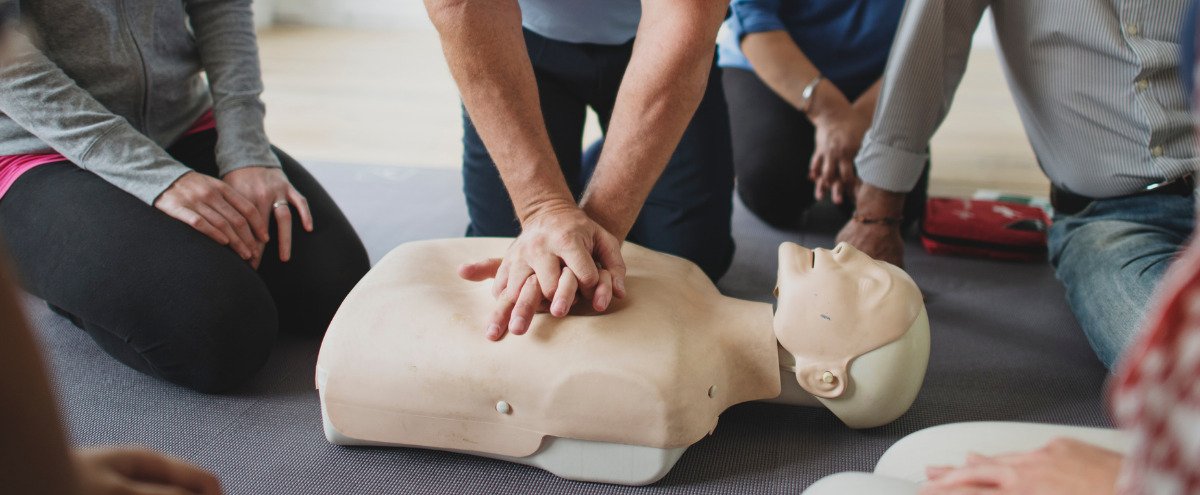
21 Jul CPR 101
We all hope that a life-threatening emergency will never transpire at our workplace. They are usually unexpected and frightening if you are not adequately trained.
How would you prepare your team members to help in a life-threatening emergency before a certified first aid provider or EMS personnel arrive?
Would you offer advanced CPR classes at your workplace incorporating First Aid and AED training?
What about enrolling your employees in the Summit CPR Training program?
Or do you expect your team members to prepare adequately for medical emergencies without presenting them with the proper resources?
When answering these questions, remember that a trained team member may be the only one who can make a difference. The initial actions taken by a bystander can significantly impact the well-being and, in some instances, survival of the person affected.
Helping in an Emergency
People don’t react for several reasons, including not knowing what to do and not wanting to get so close to a stranger, especially with their mouths.
To break these barriers, accomplish progress, and encourage action, the American Heart Association (AHA) has simplified awareness training with two simple steps to save a life.
If you see a teen or adult collapse in cardiac arrest, you can perform Hands-Only (mouth-free) CPR with just two easy steps (see CPR fact sheet below):
1) Call 911
2) Push hard and fast in the center of the chest
Here is another useful tip that helps set the pace.
Compressions should be administered between 100 -120 beats per minute. As referenced in the American Sitcom, The Office, the Bee Gees’ iconic disco hit, ironically named “Stayin’ Alive,” plays at 100 beats per minute.
“I, I, I, I…Staying Alive…” I think you get the idea.
Train for the Moments that Matter
Visit the American Heart Association website and watch a brief video on how to conduct Hands-Only CPR. Take a 5-minute break this week with coworkers to watch and discuss the video.
Share the video with loved ones and coworkers. In just 90 seconds, you may learn how to save the life of a coworker or, more likely, a family member.
The AHA offers a variety of free materials, including CPR fact sheets, ePosters, event flyers, and more.
Having trained staff may be the difference between an incident and a fatality. Train for the moments that matter.






No Comments